Robert Venturi and Denise Scott Brown in conversation with Richard Pain
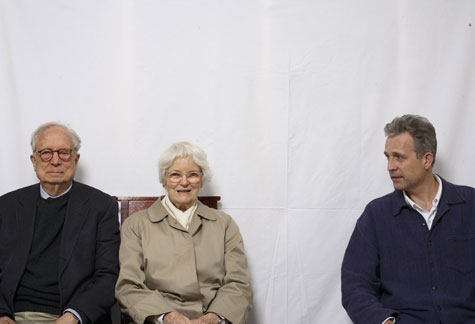
Denise Scott Brown and Robert Venturi have been partners in work and life since 1960, and their unison has led them to become two of the greatest post-modern architects in America. They have built more than 250 buildings, written numerous books and won countless prizes, including, for Bob, the Pritzker Prize in 1991.
They met while lecturing at the University of Pennsylvania where Zambian-born Denise went after a spell of living in Europe. Philadelphia born and bred Robert was a classical Rome scholar, while Denise was interested in pop culture, sociology and mannerism. Their pairing led to a creative synergy which resulted in a new thinking in architecture.
Venturi’s 1966 book ‘Complexity and Contradiction in Architecture’ challenged modernism and their 1972 book ‘Learning from Las Vegas’ went further, celebrating commercialism in architecture and dividing buildings into ‘decorated sheds’ and ‘ducks’ (iconic buildings).
As a student, Richard Pain was one of the few Brits to ‘get’ the Venturi Scott Brown mindset. Today Pain is a one-man band based in west London and has just completed a townhouse in Chelsea and is working on various housing schemes across the UK.
Denise Scott Brown: By the 1960s, we were seeing that new cities weren’t working. They were built to house the poor who had been relocated from places like the East End, but they were a model in how architects thought people should live, rather than how they really do live. Most architects in the 1960s were scorning the sort of community activism we were interested in, but our work has (and still is), about reassessing history.’
Richard Pain: When I was a student in the 1980s, I was fascinated by their work. At that time they were the most famous architects in the world. I hung out in their studio – an ex-warehouse in Manayunk, Philadelphia, and visited seminal projects such as the Tucker House in New York State the Vanna Venturi house that Bob designed for his mother in Chestnut Hill, Philadelphia. Their work is a continuation of traditional architecture – subtle stuff that people don’t get as it looks ordinary, but when you look closely, it is extraordinary.
DSB: The cross-continent relationship just grew and grew. Richard is like stormy petrol, but in a good way. He appears in the States every now and then and always brings good. We travel a lot and he helps us out when we come to the UK.
If anyone were to write the biography of their lives, it could be Pain. He has known them for more than 20 years and has been there at many key moments in their careers.
RP: In 2001, I was at their investiture by the French ambassador at Penn for their Legion D'Honneur medals, following their work on the Departement de la Haute Garonne provincial government building in Toulouse. I was also at the opening dinner for the Sainsbury Wing of the National Gallery in 1991 and used to meet them for breakfast at The Savoy when they were visiting in the early days of that project. They invited me to Bob's Pritzker award ceremony in Mexico but I was a poor architect and couldn't go.
DSB: Richard has spark, talent and is personable and fun. We love his Chelsea house, but it’s a struggle for young architects these days.
She and Venturi collaborate equally on everything, but it is Bob who has won all the accolades.
DSB: In architecture, it doesn’t hurt to be a six foot male rather than a five foot three female. I know that much!
RP: Robert went through a period where the modernists thought they weren’t modern enough and the traditionalists thought they weren’t traditional enough. They haven’t been as well regarded here as they ought to be.
SDB: But young architects are reassessing us; guys like FAT, Velorose, Geoffrey Shearcroft and Terry Farrell who I taught when he was a rowdy young student are great. They understand that so much of what we are about is about updating the tenets of modernism in line with technological and social change.
Receive our daily digest of inspiration, escapism and design stories from around the world direct to your inbox.
Emma O'Kelly is a freelance journalist and author based in London. Her books include Sauna: The Power of Deep Heat and she is currently working on a UK guide to wild saunas, due to be published in 2025.
-
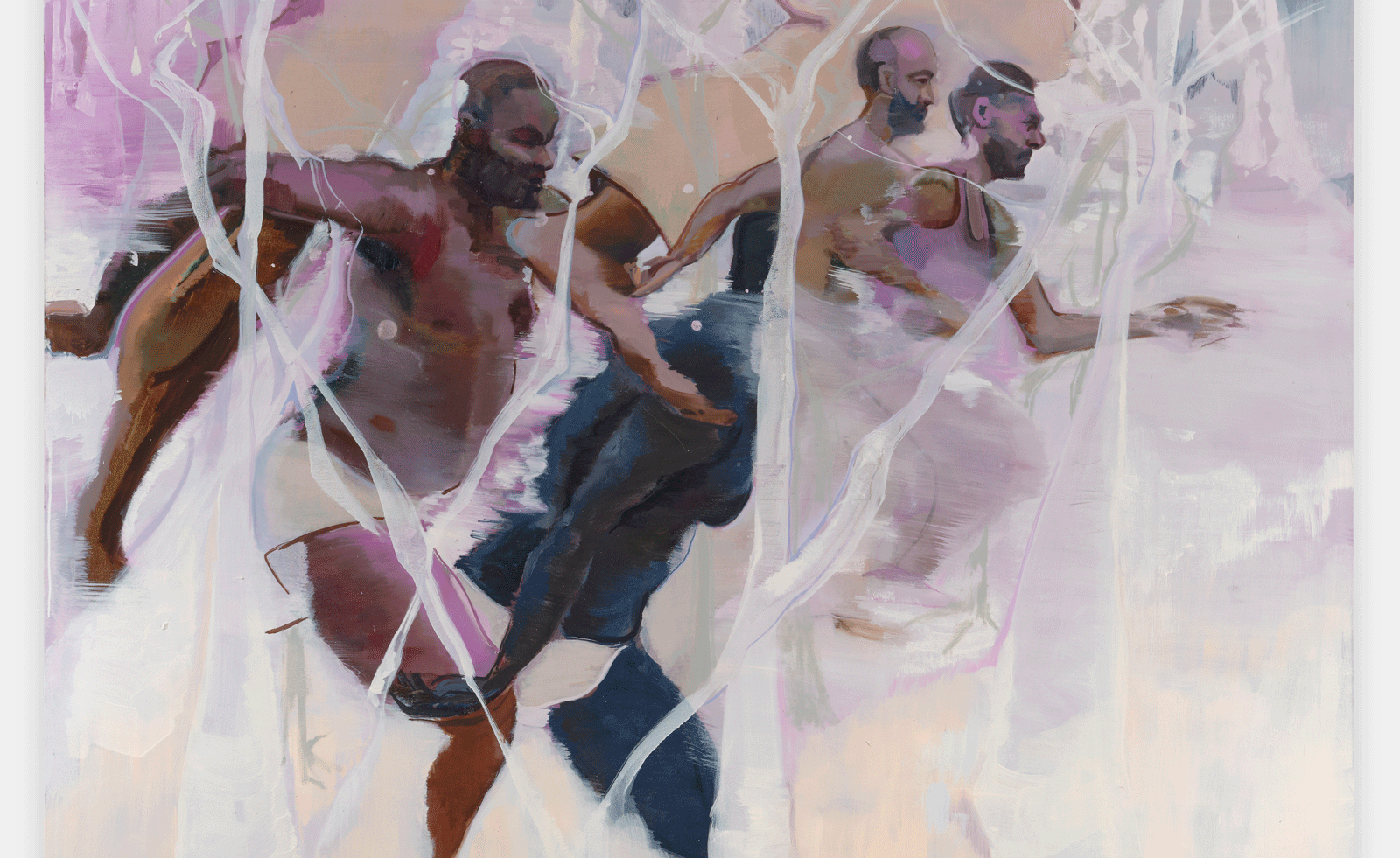 Artist Shaqúelle Whyte is a master of storytelling at Pippy Houldsworth Gallery
Artist Shaqúelle Whyte is a master of storytelling at Pippy Houldsworth GalleryIn his London exhibition ‘Winter Remembers April’, rising artist Whyte offers a glimpse into his interior world
-
 Little gift ideas from the Wallpaper* editors
Little gift ideas from the Wallpaper* editorsThese micro icons, from design and beauty pieces to tech and fashion, are ideal for filling stockings this festive season
-
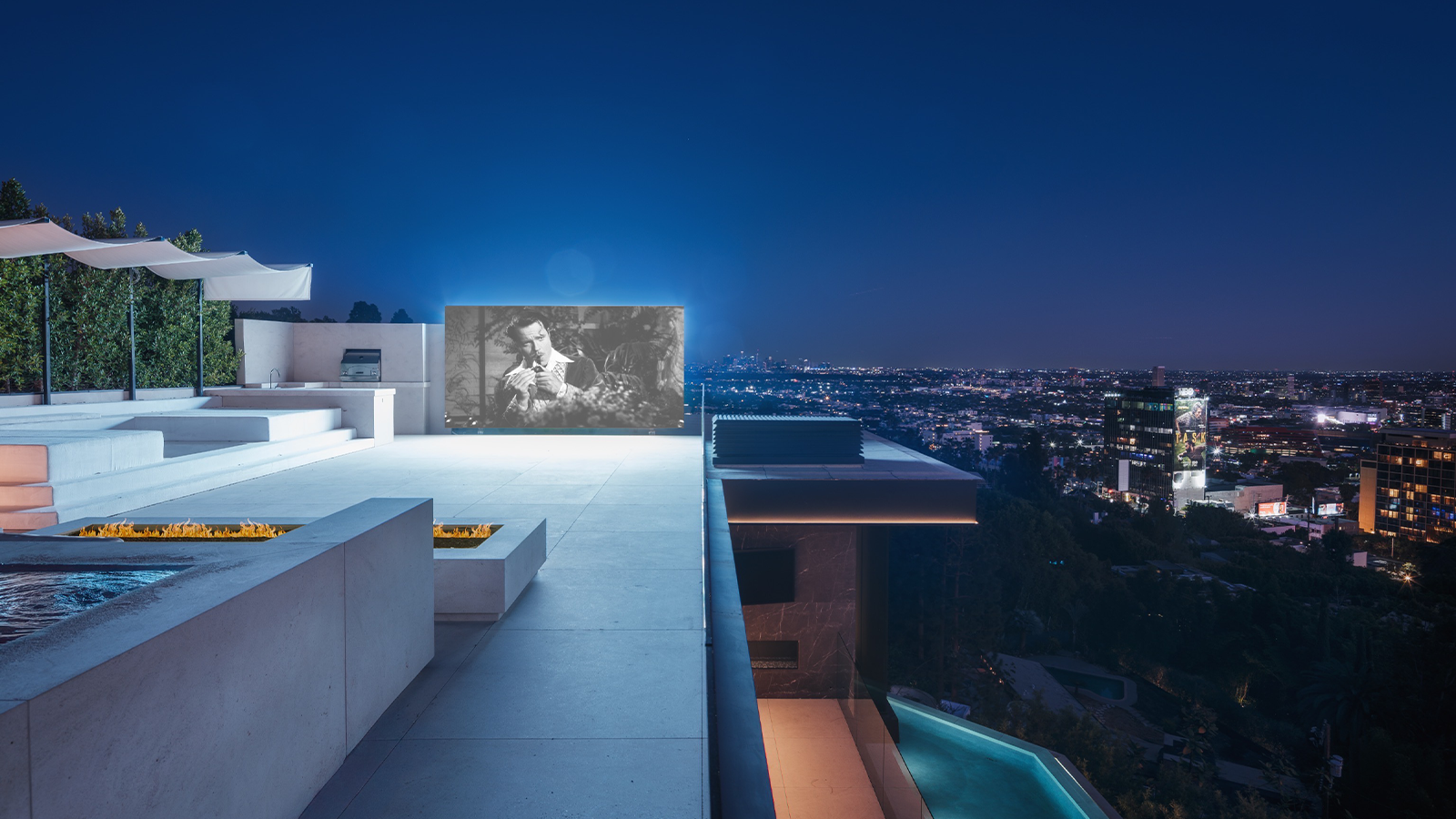 Tour this contemporary Sunset Strip home, a vision that took _By.Alexander 14 years to complete
Tour this contemporary Sunset Strip home, a vision that took _By.Alexander 14 years to completeDesigned by the music producer, alongside architect Paul McClean, this hillside Los Angeles home, fully equipped with an indoor nightclub, spa, sports amenities, and more is now on the market for $85m
-
 This rainbow-coloured flower show was inspired by Luis Barragán's architecture
This rainbow-coloured flower show was inspired by Luis Barragán's architectureModernism shows off its flowery side at the New York Botanical Garden's annual orchid show.
-
 Mona Kuhn’s love affair with Rudolph Schindler’s modernist LA home
Mona Kuhn’s love affair with Rudolph Schindler’s modernist LA home‘The Schindler House: A Love Affair’ features artist Mona Kuhn’s surreal-inspired silver prints evoking an impossible love
-
 At home with Daniel Arsham
At home with Daniel ArshamSpeaking from New York, prolific pan-creative Daniel Arsham discusses dream collaborators, Star Wars, and advice for the next generation, and shares images of his work, travels and home on Long Island
-
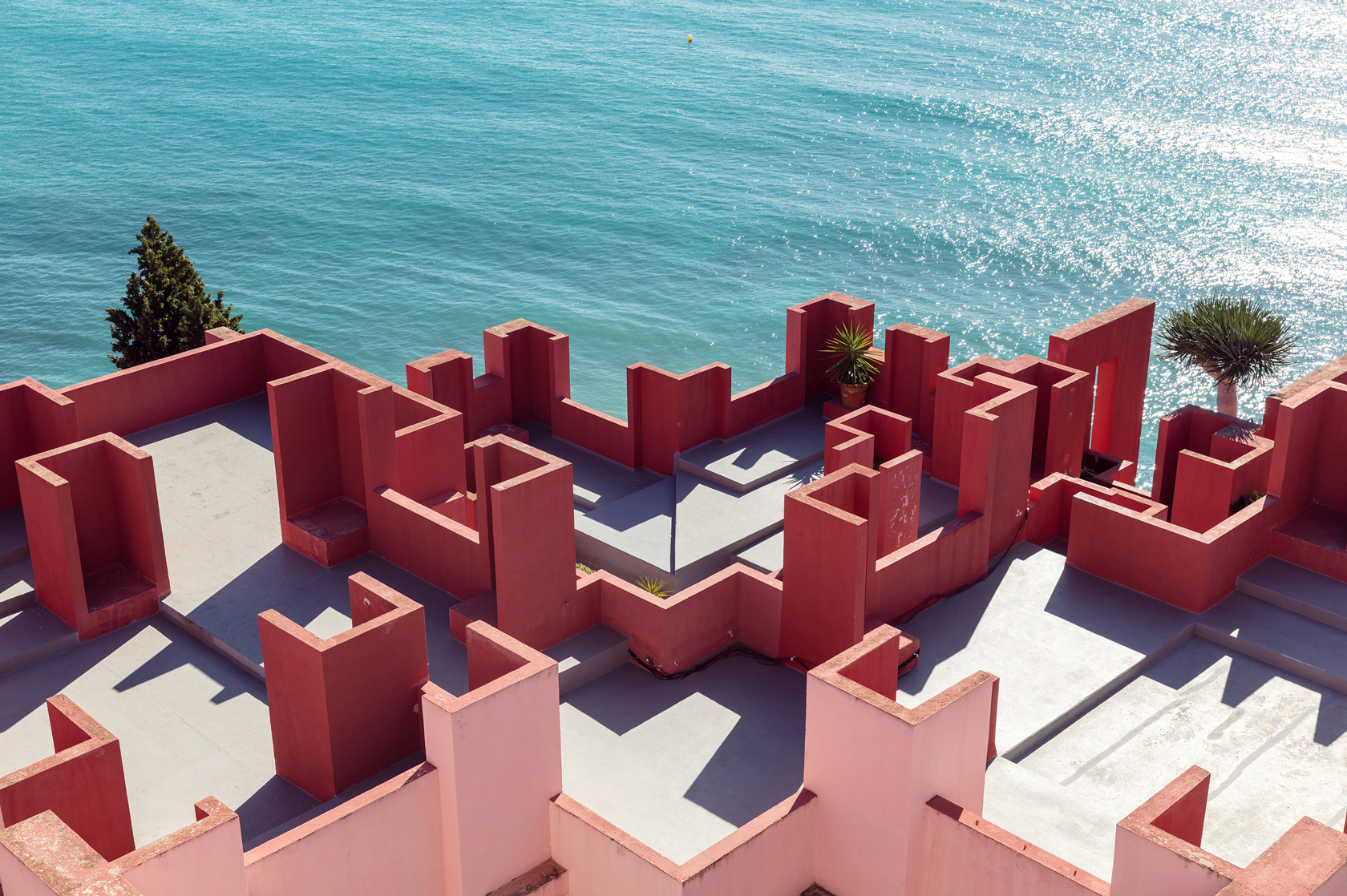 Ricardo Bofill’s La Muralla Roja as captured by Sebastian Weiss
Ricardo Bofill’s La Muralla Roja as captured by Sebastian WeissAs a tribute to architecture icon Ricardo Bofill (1939 – 2022) we revisit Hamburg-based photographer Sebastian Weiss’ captivating photo series on ‘La Muralla Roja’, first published in 2020
-
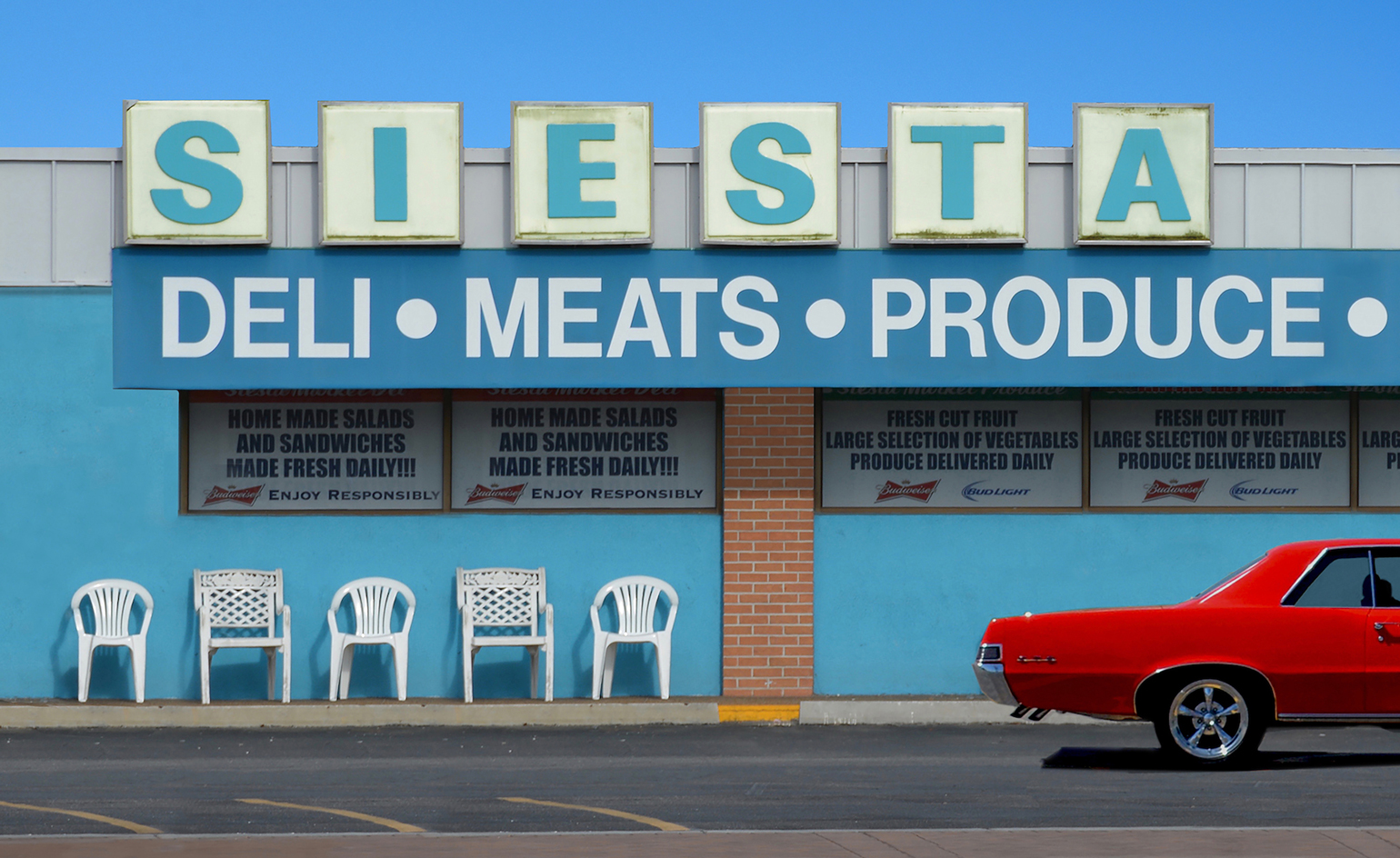 A photographic trip through America’s roadside façades
A photographic trip through America’s roadside façadesIn her ongoing series, The Mother Road, Hayley Eichenbaum documents the tainted romanticism of roadside architecture on Route 66 in the American Southwest
-
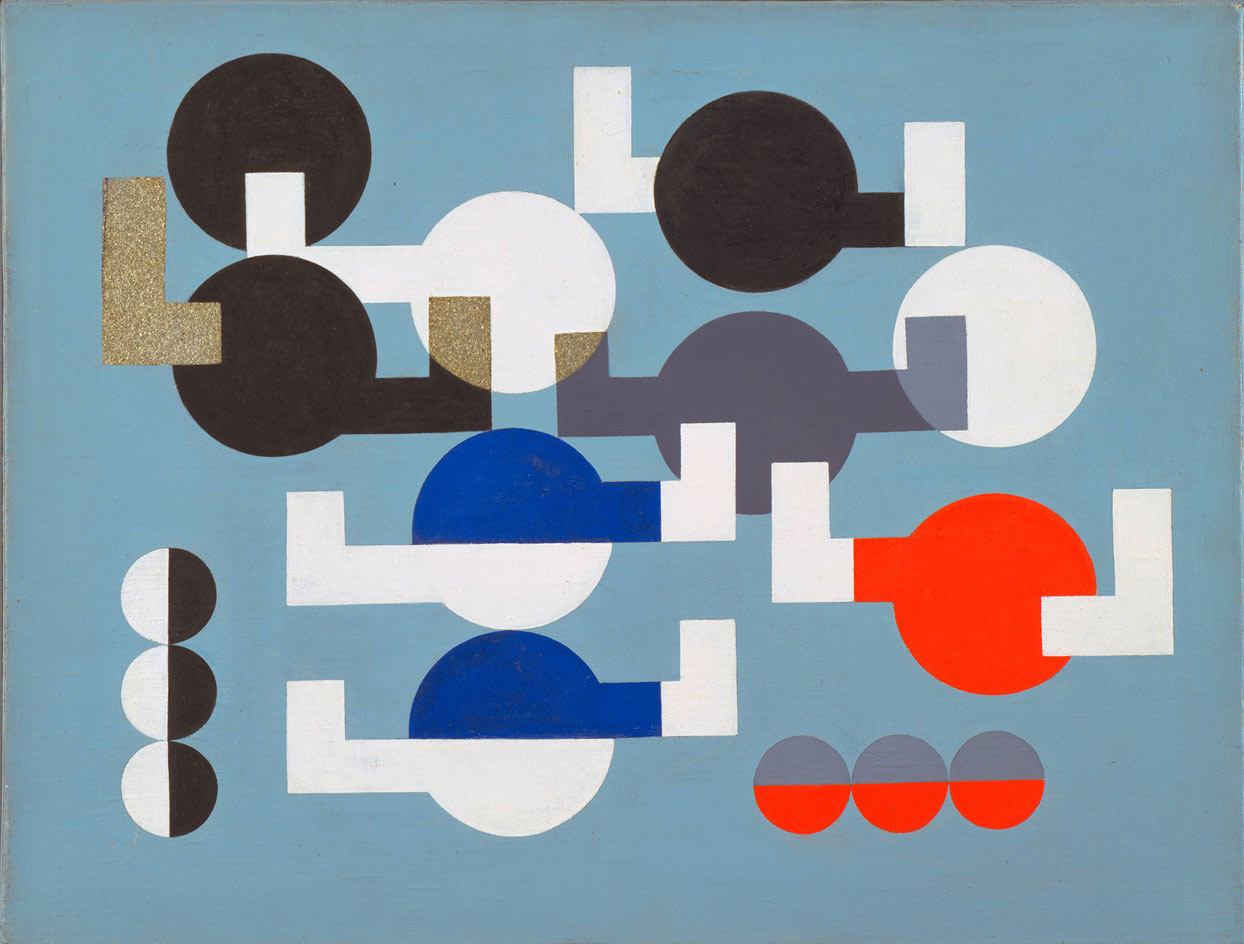 Haegue Yang on the legacy of Sophie Taeuber-Arp
Haegue Yang on the legacy of Sophie Taeuber-ArpLegendary abstract artist and designer Sophie Taeuber-Arp is finally receiving her dues in a Tate Modern retrospective. To mark the occasion, Korean artist Haegue Yang reflects on the enduring influence of her work
-
 Painting architecture: Tommy Fitzpatrick’s fractured modernist visions
Painting architecture: Tommy Fitzpatrick’s fractured modernist visionsTommy Fitzpatrick’s new series of electric-hued architectural paintings capture the American artist's 30-year fascination with modernism
-
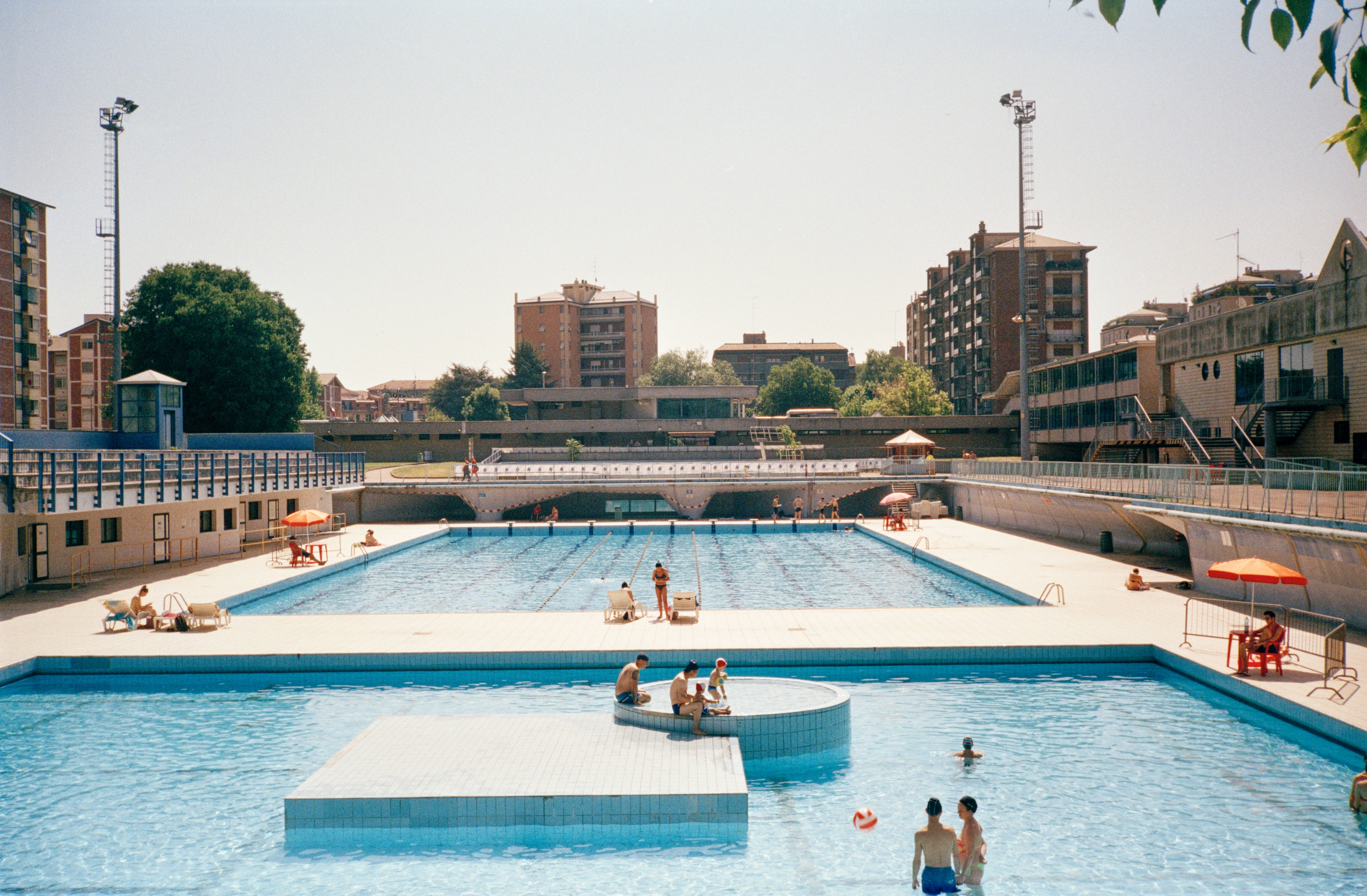 Dive into Milan's modernist swimming pools in pictures
Dive into Milan's modernist swimming pools in picturesTour Milan's numerous swimming pools through the lens of photographer Stefan Giftthaler, who has created a mesmerising photo series of those oft-overlooked Italian architecture marvels